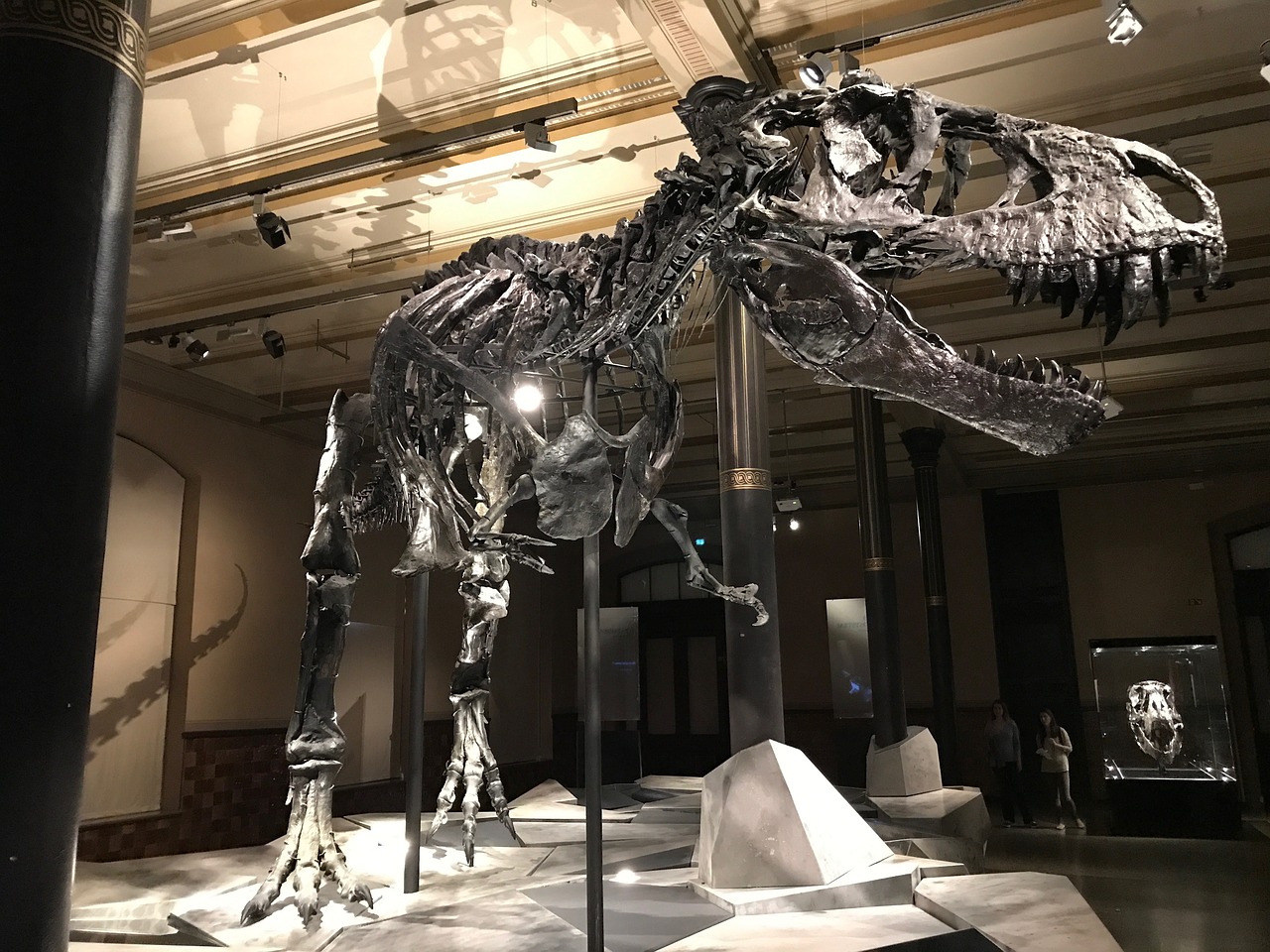That starling at your birdfeeder? It is a dinosaur. The chicken on your dinner plate? Also a dinosaur. That mangy seagull scavenging for chips on the beach? Apart from being disgusting, yet again it is a modern-day dinosaur.
It may seem inconceivable, but birds are living dinosaurs. Our feathered friends evolved from toothy, sharp-clawed, carnivorous dinosaurs who lived 150 million years ago. Birds are dinosaurs in the same sense that humans are a type of mammal, or a frog is a type of amphibian.
So although we often talk about the dinosaurs being extinct, there really are more than 10,000 species of living, breathing, bona fide dinosaurs. In fact, there are more dinosaurs alive today than mammals or reptiles.
It is a wacky idea to get your head around. Only a generation ago people were taught that dinosaurs were scaly, brutish, dim-witted, lumbering beasts that had nothing better to do than waste away to extinction and let the more advanced birds and mammals take over the world. But we know now that wasn’t the case and this is supported by fossils, in particular those of thousands of fabulous feathered dinosaurs found in China in the past two decades.
As somebody who studies dinosaurs for a living and teaches undergraduates about evolution and the history of life, I would say it is the single most important fact ever discovered by dinosaur paleontologists.
When you look at a Tyrannosaurus rex and a chicken side-by-side, you can see the similarities. Both walk on two legs, both have scaly feet with sharp claws, and both have a big, brainy head perched at the end of a long, arched neck. Tyrannosaurs even had feathers, a bird-like lung which efficiently takes in oxygen during both inhalation and exhalation, and avian-like fast metabolism and stupendously fast growth rates.
But there is one obvious difference: Tyrannosaurus rex probably could have eaten several hundred fried chicken dinners without feeling full. The dinosaur was a whole lot bigger than a chicken and all other living birds for that matter.
As we learn more about dinosaurs, we keep finding that animals like Tyrannosaurus rex and Triceratops were a lot more bird-like than we previously thought. But the one thing that continues to distinguish birds from most dinosaurs is size. And it turns out that this is key.
A new study by Mike Lee of the University of Adelaide and colleagues, just published in Science, looks at how birds evolved their pint-sized bodies from their colossal dinosaur ancestors. The researchers used a large data set of dinosaur body size, a new family tree of dinosaurs, and a battery of statistical methods that quantify evolutionary trends.
This result comes from using Bayesian techniques that have long been used to study economic markets and disease transmission, and are now becoming a standard way to build evolutionary trees of organisms and study evolutionary trends. Lee used a set of methods, which take a data set of anatomical features and the ages of a group of species and simultaneously produce a genealogical tree which estimates origins for each group on the tree and the rate of evolutionary change.
Their key finding is that the ancestors of birds underwent a prolonged period of miniaturization — some 50 million years’ worth — to arrive at the cute robins, sparrows and finches of today. This is unusual for any branch in the animal kingdom.
Benson and his colleagues compiled rigorous body mass estimates for over 600 species of dinosaur, which in real terms is every dinosaur with a decent skeleton that could be measured. They found that the earliest dinosaurs, living more than 200 million years ago, underwent a spectacularly rapid rate of body size increase as they evolved from house cat-sized ancestors. This happened as the Earth was recovering from the worst mass extinction in its history.
Over time these high rates of decreased in most dinosaur groups, as they usually do when ecosystems become saturated with specialized species. But there was one exception: the lineage leading towards birds. This peculiar group of dinosaurs experienced a reversal in size growth and experienced elevated rates of size decrease for more than 100 million years.
The Lee and Benson studies tell us some neat things about the evolution of birds. It seems like small size was crucially important to birds and their closest dinosaur relatives. That is the only way that such fast rates of size decrease could be maintained for so long. And perhaps it is that very ability to evolve so fast for so long that set birds apart from other dinosaurs, drove them to diversify into so many species, and even enabled them to survive the extinction that wiped out Tyrannosaurus, Triceratops, and all of the “conventional” dinosaurs.
These two provocative studies are also examples of where paleontology is going. Dinosaur hunters aren’t merely explorers who bravely venture into the desert, Indiana Jones style, to search for fossil beasts. We now compile large data sets to build family trees and quantify features of dinosaur size and anatomy, and use the latest statistical techniques to look at dinosaur evolution over long time scales. Modern-day paleontologists need to be as comfortable with the calculator as they are with the rock hammer.
Stephen Brusatte does not work for, consult to, own shares in or receive funding from any company or organisation that would benefit from this article, and has no relevant affiliations.
Source: mashable.com


